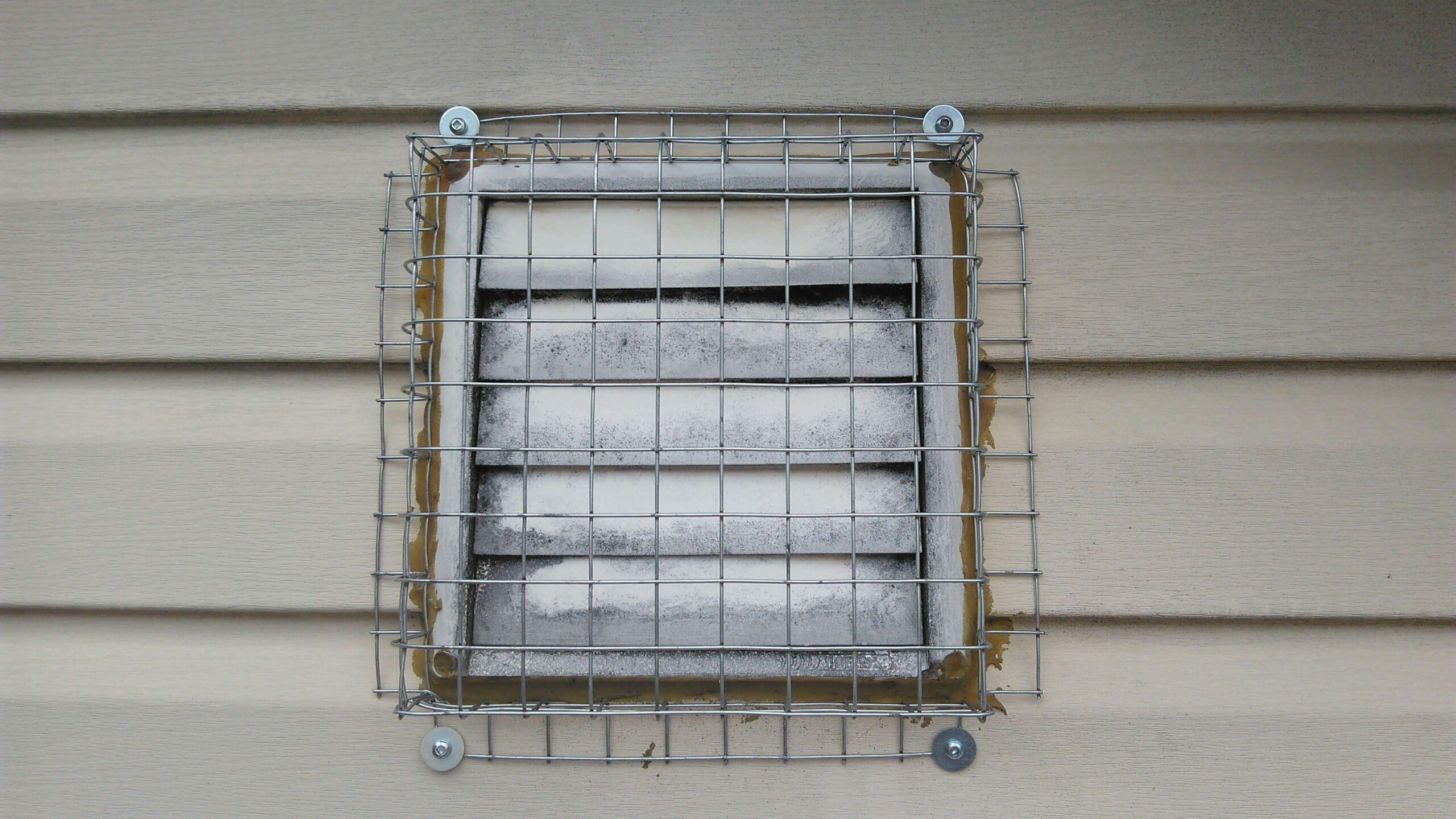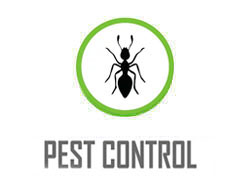
How to Remove Birds from a Vent?
Removing birds from a vent may seem like an easy thing to do – simply startle them out, seal up the hole and the job is done, right? Unfortunately, bird removal is not that easy, and involves serious hazardous bacteria that should be handled by professionals. While many homeowners may want to remove the birds themselves, they neglect to remember all the droppings, materials and parasites they may be disturbing inside the ventilation systems of their homes.
Starlings build extremely messy nests consisting of dried leaves, grass and twigs. When disturbed, these nests produce large amounts of airborne dust and debris that are easily inhaled. When mixed with droppings, this can result in a very unhealthy situation. Starlings are also carriers of bird mites, a parasite that feeds on the blood of birds. Densely packed nests present an ideal environment for mites to thrive. When removing a nest, mites will scatter and attach themselves to humans. For these reasons, personal protective equipment should always be worn when dealing with starlings. If a starling has chosen to make a best in a home, they have likely chosen one of the following places:
- Wall vent
- Dryer exhaust vent
- Soffit Vent
HOW BABY BIRDS COMPLICATE YOUR REMOVAL PROCESS
Adult starlings will often exit a vent system under their own power with a bit of noise and probing. Once the adults are out, it is important to determine if there are babies inside the vent. Baby starlings do not leave the nest for several weeks after birth and are reliant on their parents for food and nourishment. Babies can only be removed through hands-on techniques. It is critical that all birds are removed before securing the vent cover. Birds locked inside your vent will die, resulting in bad odor, maggots and flies.

Determining the presence of babies can be difficult as your ability to see and hear will be reduced by nesting material. Special tools and equipment are often required to access the nest and any babies inside. Every bathroom, kitchen and dryer vent system is different depending on the home’s layout and construction. The length and shape of the vent system can vary significantly from house to house. In some cases the distance between the bathroom fan and the exhaust on the exterior of the home can measure more than 20 feet in length and include multiple bends and angles. Others are far simpler. Materials can also differ; duct tubes can be made from either solid aluminum or flexible accordion-like plastic. A family of starlings can easily damage and break through plastic vent tubes allowing them access into your attic or walls and complicating matters considerably.
THE HAZARDOUS MATERIALS BIRD’S NEST EXPOSE TO YOU
Not only do you risk causing an inhumane situation for a mother bird and her babies, you also put yourself at risk of coming in contact with the many diseases that birds carry. Some of the most common diseases associated with birds include:
- Salmonellosis
- Histoplasmosis
- Cryptococcus
- E. coli
- St. Louis encephalitis
- Candidiasis
- Aviation Flu
HOW PROFESSIONAL BIRD REMOVAL HELPS
Considering the health risks that are created by birds, removal should always be left to the professionals. Wildlife experts can handle the dangerous parts of bird removal without complicating the situation or causing further damage to your vent. For protection from predators, starlings generally select nesting sites that are above 7 feet in height. This means that accessing the nest and removing the babies requires working from a ladder. Skedaddle’s technicians are trained in ladder safety to prevent any falls or injuries. We can safely reach any height to help you solve your bird problem.
Once you have reached the outside vent cover, you will need to gain access to the pipe in behind. Always be careful when approaching a starling nest as they will often dart out from the vent unexpectedly, potentially causing you to lose your grip or balance on the ladder. In most cases, access is most easily provided by removing the vent cover entirely. Plastic vent covers easily become brittle from UV exposure. In most instances the vent cover cannot be removed without damage and a replacement must be installed afterward.
SKEDADDLE’S HUMANE APPROACH TO BIRD REMOVAL

Skedaddle employs hands-on techniques to humanely remove the nest and the babies inside. Once the babies have been retrieved, they are placed inside a protective container with some of the nesting material we have collected from the vent. Our technicians then secure that container to the exterior of your home nearest opening.
This allows the starling parents to easily locate their babies and continue to feed them until they are ready to fly on their own. To prevent future re-entry, our technicians secure the vent cover with a heavy gauge screening that keeps birds out but also allows the vent to function as it should.Dealing with birds is messy business. Skedaddle suggests you leave the starlings to us. Call us to find out how we can remove starlings from your stove, bathroom or dryer vent.
CALL US TODAY
1.888.592.0387
OR
Request for Services



FOLLOW US